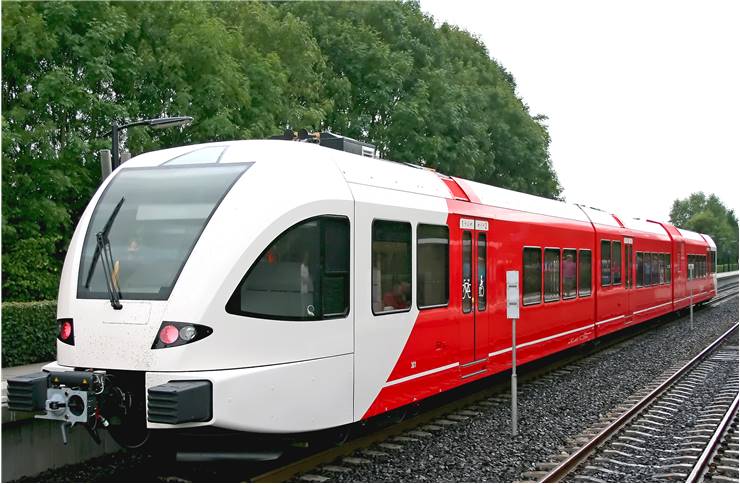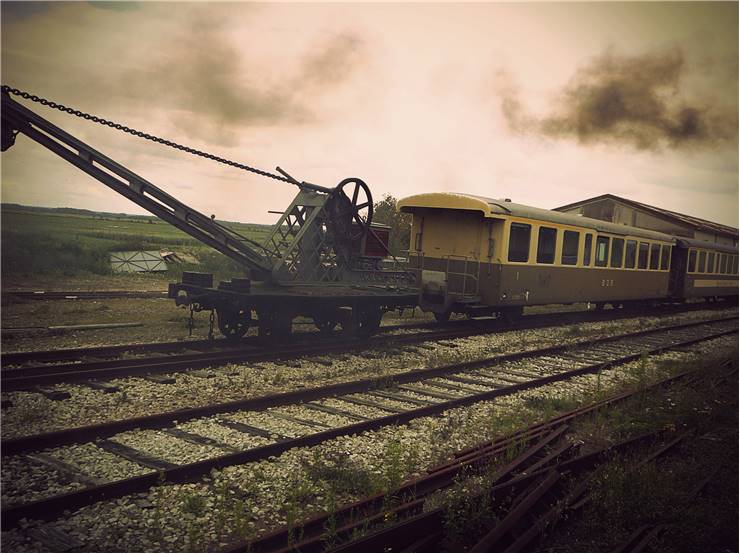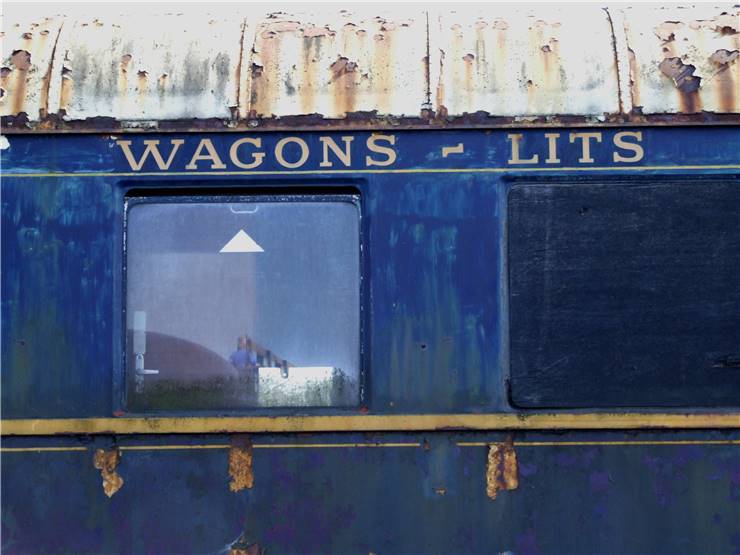History and Types of Railroad Cars
Railroad car is practically a unit of railway rolling stock and its purpose is to carry cargo, passengers or to have one of variety of purposes inside a train. It is designed to be connected to a rest of the train.
The first railroad cars predate railroad and were used in mining in the early 19th century. In the beginning they were simple planks on wheels. As the trains became more popular (they were better in hauling loads that horses and ships that were confined to water), a need grew from cars for specific types of load. The first improvement was a two-axle car which behaved better in curves and they appeared in 1830. Unlike a simple car with one axle they had two sets of trucks, each holding two axles and four wheels (eight in total). This design is still used, especially on railroad cars. Cars become larger to accommodate larger loads. Again, early cars were made of wood, but with Industrial revolution, availability of cheaper steel, and need for cars that could sustain more force, people started building cars from steel in the late 19th century. These steel cars are still in the use today although wooden cars survived until 1960s when they were “forced to retire”.

Like we said, railroad cars transport almost everything, from people to goods to toxic waste. Because of that there is a need for different types of cars which can properly do the job that is expected from them. Here are some of railroad car types:
-
Passenger Cars, or coaches, carry passengers. They usually have seats on both sides and aisle in the middle. If the seats face each other they usually have tables
between them but if they all face the same way, seats usually have tables at the back of the seat before them. These cars are heated with electricity
or air-conditioned and have lightning. Observation cars and dome cars are built with large windows to allow the passengers to view the scenery.
- Sleeping Cars have small bedrooms which allow passengers to sleep during the long trips. Couchette cars provide similar accommodation but in a more basic form. Corridor coaches have compartments for 6 to 8 passengers which are all connected to the same corridor.
- Double Decker Cars have two deck with seats.
- Freight Cars carry a variety of goods:
- Boxcar: the most common cargo car. It has doors on the side or at the end.
- Gondola: a car for bulk goods. It has no roof but it has enclosed sides and ends.
- Flatcar: similar to gondola but it has no sides nor ends.
- Lorry (mine car): similar to gondola but smaller and it has a tipping trough. It is often used in mines.
- Stock Car: similar to boxcar but it is ventilated with holes in the sides. It is used for transporting livestock.
- Tank Car: a completely enclosed car made of steel for transport of gas or liquids (oil, milk...).
- Autorack: multilevel flatcar or carrying automobiles.
- Hopper: a car of gondola type whose dump doors are placed at the bottom which allow for easy unloading of coal, ore, grain, cement, ballast and the like.
- Combine Car: a combination of a passenger car and boxcar.
- Side Dump Car: like a gondola or a longer lorry. It is able to unload anywhere along the track.
- Non-revenue Cars are a part of the train but they don't carry passengers or goods. Some of these cars are: ballast tamper, track tamper, ballast regulator, crew car, maintenance of way, caboose, rail ambulance, barrier vehicle, railroad cranes, clearance car, and railway post office.


